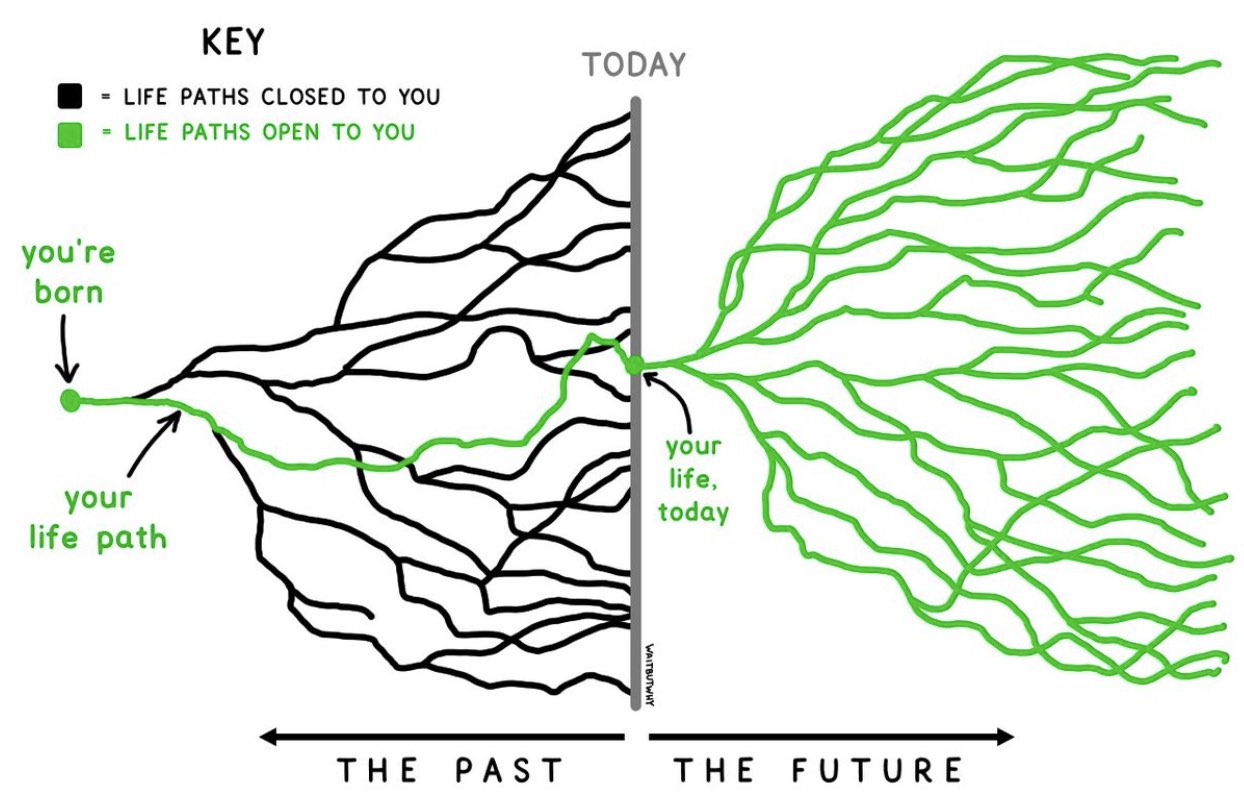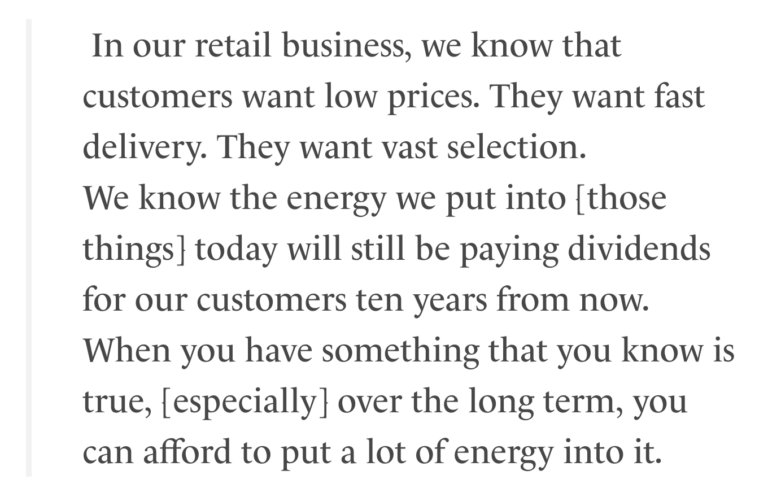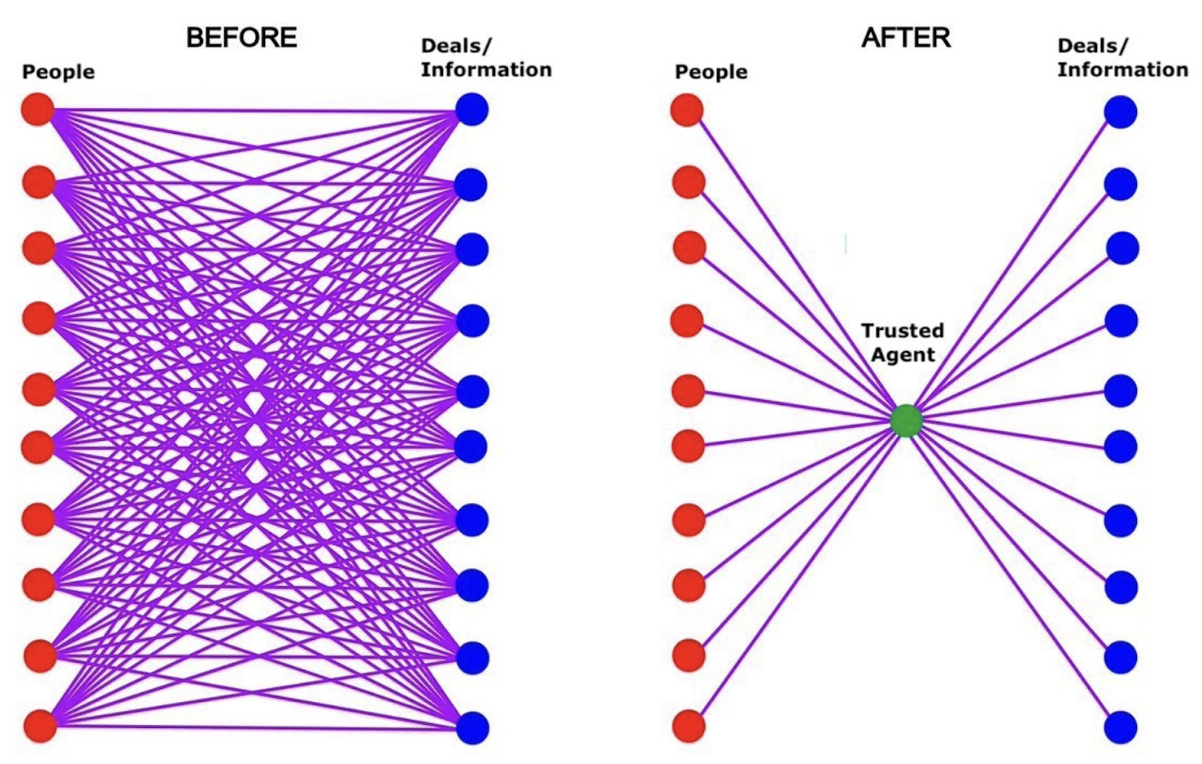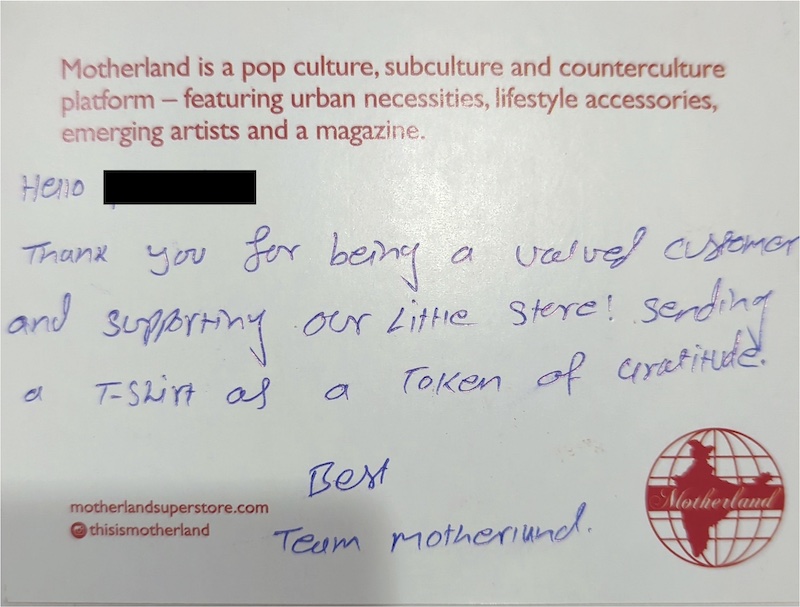Joseph Heller, American novelist and the author of Catch-22.
“Yeah, but I have something he’ll never have: Enough.”
The essence of maintaining work-life balance, enjoying what you do, and building a sustainable operation is having a sense of this is enough — from a sense of satisfaction.
 Copied
Copied“A healthy man wants a thousand things. A sick man only wants one.”
Confucius
Who has the will to act? Anyone in good health and of reasonable intelligence, provided they utterly commit themselves to the journey.
How: Health is a linear domain, i.e., you need to make progress on it everyday. Hence, it needs to be Habit-forming. Don’t make it too nuanced because Complexity slows down execution.
Physical: When it comes to physical health, always:
- Eat simple, eat less
- Avoid Easy dopamine hits
- Recognize the difference between Exercise builds. Exertion burns.
- Build three forms of fitness: Flexibility, Strength, and Cardiovascular.
Be tolerant with others and strict with yourself.
Marcus Aurelius
Mental: To build mental wellbeing, actively take decisions that lead to One Less Thing To Worry About.
- Embrace impermanence. Don’t be saddened by separation
- Be at home anywhere. You might need to move houses, cities, and countries based on situation. Hence, live in a safe neighborhoods that is conducive to a life of focus and ongoing practice but be indifferent to where you live and your living condition. For example: Do not over invest in furniture and home decor. If you do either keep it low cost and simple so that it can be trashed and bought again when you move or so small that you can pack it up and move.
- Give away things you don’t need. You should proactively let go of Things you own with a sense of gratitude after they’ve served their purpose. Hoarding of things isn’t wise.
- Avoid zero-sum game.
- Tolerant with others: One less thing to worry about: My way.
- Clarity of Purpose: Poor Strategy, or the lack thereof, can quickly turn prioritization into some version of the Hunger Games.
Footnotes:
 Copied
CopiedEither things are in your control or they aren’t. If they are then go ahead and act. If they aren’t then state your preference and logic but don’t be forceful and let society take its natural course of action.
Why it matters: When we have strong preferences but no agency to act on them then we create a dependency on the outside world. This in turn has control over our mood. In such situations, the only way to get things our way to is to play Zero-sum game.
- If it is situation A, then go ahead and act. If it is situation B, then let it go. https://twitter.com/johncutlefish/status/1652351187012980736
 Copied
CopiedDon’t drive life forward looking into rear view mirror of experiences.
There are many forms of separation:
- Separation from things we associate with our identity: people, places, products or companies you build, Capital or wealth, objects, or ultimately death.
- Separation can be temporary or permanent.
- Separation could be due to your own doing or due to situations beyond your control.
When you deeply associate your existence and identity to things beyond your mind, they start owning a significant portion of your mind space and thus when remove create an intense feeling of lacking — a null, void, and emptiness. This in turn leads to suffering and sadness.
Footnotes:
- Dokkodo
 Copied
CopiedA monopoly owns its market, so it can set its own pricing. Since it has no competition, it produces at the quantity and price combination that maximizes its profit.
Unethical Monopolies: In a static world, a monopolist creates artificial scarcity (political patronage, secures a license from the state, etc.) and becomes a rent collector.
Creative Monopolies: An ethical monopoly is one with Competitive Differentiation, i.e., its so good at what it does that no other firm can offer a close substitute. For example, Google has not competed in search since the year 2000 until OpenAI launched ChatGPT in 2022.
- The world we live in is dynamic: it’s possible to invent new and better things. Creative monopolists give customers more choice by adding entirely new categories of abundance to the world.
- Apple’s monopoly profits from designing, producing, and marketing the iPhone were the reward for creating greater abundance, not artificial scarcity: customers were happy to finally have the choice of paying high prices to get a smartphone that actually works.
- The government knows this and hence we have the patent system.
Footnotes:
- Zero to One
 Copied
CopiedEasy dopamine hits are activities and experiences that give immediate pleasure or reward without expending much effort. This could include empty calorie foods (junk, sugary, salty), doom scrolling on social media, binge watching TV, shopping, porn, drugs, gourmet food, romantic love, etc.
Why it matters: You get addicted to them and it makes you mentally weak.
Nassim Taleb expanded this principle to include:
- Muscles without strength
- Friendship without trust
- Opinion without risk
- Change without aesthetics
- Age without values
- Food without nourishment
- Power without fairness
- Facts without rigor
- Degrees without erudition
- Militarism without fortitude
- Progress without civilization
- Complication without depth
- Religion without tolerance
 Copied
CopiedNo one can predict the future, but we know two things: it’s going to be different, and it must be rooted in today’s world.
Peter Thiel
Given this, take clear stock of what you’ve got — Capital, Owned Network, Owned Identity, Owned Media, Labor, Judgment, etc. and see what you can build from there. You should always want to Build multiple entry and exit options. But your Lived experiences will it close and which options it might open.

Building resentment or complaining about what you’ve got is against building a life of focus and ongoing practice.
Accept what have you got and focus on what you can act on.
- Personally: Beauty, smartness, gifted ability, or lack of.
- Socially: People will behave foolishly, rudely, ungratefully, take advantage of us, and treat us unjustly.
- Situations: People won’t comply with our ethics and values.
Footnotes:
- Zero to One
- https://twitter.com/waitbutwhy/status/1571562595957489665
- Dokkodo
- Stoicism
- Good Profit, Charles Koch
 Copied
CopiedA painter cannot build his own style (Build an authentic expression of yourself) until he knows the basics of Labor: color, brush, stroke, shading, etc.
 Copied
CopiedBuild a frame of mind that is so strong that you can build authentic expression — express your thoughts, ideas, opinions, world views, and beliefs — unapologetically without consideration of what others might think of them.
Why it matters:
- It helps with Owned Identity: Being authentic helps you differentiate yourself. No two people are alike. Everyone’s Lived experiences — context, knowledge, personality and situation is unique. By being yourself, you are differentiating. The more authentic you are, the less competition you’re going to have. It will also make your brand more real, human, and relatable.
- In a world of Artificial Intelligence generated content, being an authentic real person is Competitive Differentiation
It will also give you the superpower to fail in public and survive.
You cannot be authentic if you don’t Think and act independently. Don’t conform.
How to be authentic:
- Before expressing yourself, master the basics first.
- Curate your beliefs because beliefs define your story: who you are and what do you stand for.
- Build mental strength.
- You should be able to focus on what needs to be done irrespective of how you feel.
- You should be able to control your fight or flight response by proving to your physiological self that you are in a safe environment.
 Copied
CopiedMadness is rare in individuals – but in groups, parties, nations, and ages it is the rule.
Nietzsche
You cannot Build an authentic expression of yourself if you’re socially influenced, i.e., you’re changing your behavior because of someone else. We’re influenced by the sitcoms we watch, people we hang out with, the things people praise us for and what people dislike us for. Alternatively, our mimetic desires get more intense the more connected we are. There are three forms of social influence:
- Conformity: Are you changing your behavior to be like others?
- Compliance: Are you doing something because others asked you to?
- Obedience: Are you doing something because you believe you’ve no other choice?
Additionally, conventional beliefs only ever come to appear arbitrary and wrong in retrospect; whenever it collapses, we call the old belief a bubble. But the distortions caused by bubbles don’t disappear when they pop.
Building Judgment demands that you step back and think from First Principles and decide for yourself. For example, Myth-making around Journalism
Footnotes
- Zero to One – Peter Thiel
 Copied
CopiedPeople have a tendency to attribute value to an individual or company based on their accumulated embodied cultural capital, which can be derived from either their personal identity (such as gender, ethnicity, color, race, caste, etc.) or the distinctive knowledge, perspectives, and abilities they acquire from their unique circumstances.
Why it matters: Recognizing the significance of this, identifying and embracing an Owned Identity that aligns with one’s embodied cultural capital can aid in developing a Niche that is more closely connected to their personal experiences.
- However, this advantage tends to favor those who already possess significant leverage, resulting in unequal opportunities.
How: To leverage this aspect effectively, investing in the art of storytelling can prove beneficial.
 Copied
CopiedThe artefacts you own can symbolize what you stand for.
Why this matters:
- Often the things you own can give you temporary access to other people who want to experience those objects.
- The storytelling around those objects not only communicates that you’ve the ability to buy these objects but also to appreciate their significance and value.
Examples: The display of high-end bookshelves behind you in the backdrop during video calls (Zoom).
 Copied
CopiedMake something of value that others want but cannot get easily.
For yourself
Why it matters: The most deterministic way to earn money is to either produce something — product, article, podcast, book, etc. — of value and finesse or to offer your services as a builder (skilled labor) to those someone who want to build.
- This path is deterministic because with sufficient time, determination, and focus, you can learn hard skills without seeking anyone’s permission.
- Builders tend to have a tonne of failures. However, they need one big success to make it big.
How to build builders:
- Before expressing yourself, master the basics first. Builders learn by looking at the work of others: open source, biographies, etc. Having observed, they perfect their practice by doing. Hence, much like an athletes, painters, carpenters, etc. builders keep on practicing their art. Until you get good, subsidize your building by getting a day job.
- Then you Build an authentic expression of yourself.
How to spot builders?
- While most purchase university degrees to signal capability, a better way to look for builders is to look at their work in a chronological fashion — they’ll leave behind a trail of explorations.
- Builders also have a very strong action bias.
- Finally, in conversations, builders can easily swivel between macro details (why and what) and then deep dive into the nitty-gritty (how).
At the level of a society or company
Why it matters:
- At the level of an economy, growth is instigated by enough builders and entrepreneurs who exploit an untried technological possibility to manufacture a new commodity or producing an old one in a new way.
- Strategically, ideas are content or media and don’t amount to much unless one has the will and skill to bring them to life.
The easiest way to get things done is to hire a small group of builders bounder together by a sense of mission.
Downside
You are restricted by what you cannot do.
Footnotes:
- Joseph Schumpeter
- Hackers and Painters
- The Narrow Road, Felix Dennis
- Zero to One
 Copied
CopiedFocus is concentrating interest and activity on one thing.
It’s a strategy best suited for those committed to the long game, building their Judgment and credibility in a specific field, and those devoted to cultivating their Owned Identity, business, or initiatives as their life’s work.
In fact, they are well-positioned to run their own media operations, thanks to their education, mindfulness, and thoughtfulness. They have the content ready!
Who are we talking about?
- Professionals such as academics, researchers, reporters, policy makers, consultants, analysts, and think tank members who develop deep Judgment in their study field.
- The “Fortune 50 million” rather than the Fortune 500—sustainable Work Products earning an honest living, solving specific problems for a clearly defined customer base (Niche).
- Enthusiasts and hobbyists with a profound appreciation for their chosen subject or activity using Passion work products.
- Independent media and content creators dedicated to telling the truth using Candid Communication.
- Investors who’ve spent decades building their credibility and stand to lose from short-term, opportunistic decisions.
They tend to invest in things that don’t change. They’ve built up credibility over decades and have things to lose from taking short-term, opportunistic decisions. Eventually, they tend to become Anti-fragile. For example, Amazon believes that most of their investments are focused on three evergreen factors: lower prices, more choice, and faster shipping. They avoid the Peanut Butter Manifesto.

It is not for everyone!
- Venture Capital funded products, if not profitable, may get axed (remember Google Reader), acquired (recall Posterous, Nuzzel), or simply fall out of fashion (think Orkut).
- It also fails in organizations with extractive monopolies or businesses causing negative externalities like oil or tobacco.
- This approach is not suitable for professionals in strategic industries such as law, politics, and diplomacy.
- It isn’t suitable for those who chase what’s trending online for the sake of standing out, the focus here is on enduring value, not transient trends. Fast fashion flaunting influencers and Instagram-friendly food might get attention, but they lack long-term depth.
- Beyond these categories, Candid Communication does not work for snake oil salesmen. Their modus operandi often involves altering opinions, personality traits, accents, and behaviors to suit their audience. They cherry-pick facts, favoring only those that benefit their narrative. These individuals project grand ideas without delving into the nitty-gritty of implementation, often complicating simple matters to disguise their lack of detail. Additionally, they tend to gravitate towards industries involving large sums of money but marked by low accountability.
Footnotes:
 Copied
Copied


